With the safari season raging till June, we got two photographers draw up a handy guide on all that you need to kill it in the wild with your camera

Wildlife photography
![]() Gentoo Penguins in Antarctica by Vikram Potdar
Gentoo Penguins in Antarctica by Vikram Potdar
What's the story: Anticipation of the movement of animal/bird is very important in wildlife photography. I was observing the movement of the Gentoo penguins in a penguin colony in Antarctica, when I saw them walking on a track in line. I had this image in my head and it became a reality in few minutes. 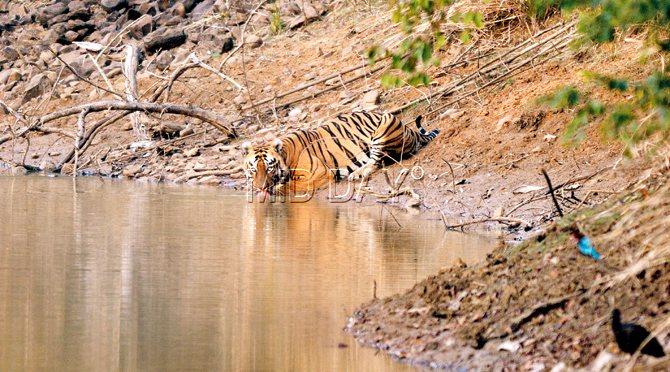
mid-day photographer Pradeep Dhivar spotted this tiger drinking water late in the evening, two hours after scouring Tadoba National Park. The frame, he says, was possible thanks to the guide who knew of the spot, where they waited patiently for half an hour, parked around the water source
ADVERTISEMENT
 Pic Courtesy/Vikram Potdar, Vikrampotdar.com
Pic Courtesy/Vikram Potdar, Vikrampotdar.com
His gear: Nikon D4 and D 800E camera bodies, Nikon lenses 600 mm f/4, 200-400 mm f/4, 70-200 mm f/2.8, 24-70 mm f/2.8, 14 mm f/2.8, Micro 105 mm f/2.8 and GoPro. "As I shoot birds and mammals, I need super telephoto as well as smaller focal length lenses. I like to make habitat images with birds/mammals in the frame. For that I use wide angle lenses," says Potdar.

Dos and Don'ts
>> Only a die-hard nature and animal lover and a passionate human being can be a good wildlife photographer.
>> Knowledge of species, and their behaviour is a must in making a good photograph.
>> Aspiring for an award-winning image should not be the sole purpose of wildlife photography. Your images should create awareness and help conserve ecology and wildlife.
>> For beginners, start with a entry-level DSLR. If your interest develops further, buy advanced gear as long as you are sure you will devote time for this long-term passion.
>> Do not indulge in disturbing birds/animals for making an image. It is prohibited under the Wildlife Protection Act.
>> Wildlife photography is a not-so-easy passion/hobby. It needs time, money, passion, perseverance, skill and endurance.
>> Be ready to travel across different, diverse locations and prepare for long waits for a great photograph; this could include extreme physical exertion too.
Test the above tips on these upcoming trips
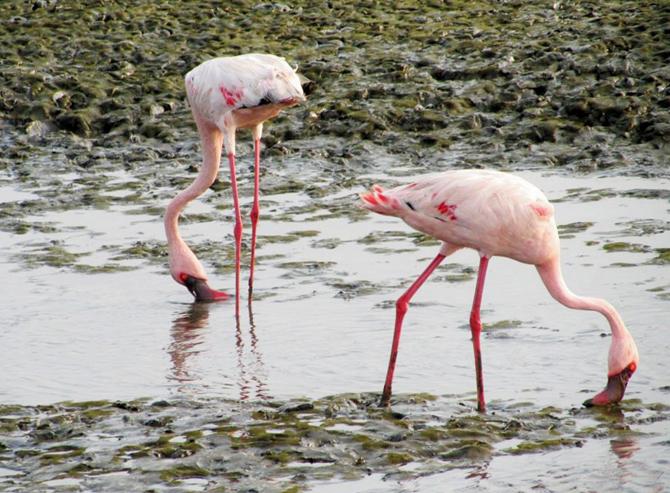
Flamingo photo tour
Sign up for this weekend trip to catch flamingoes in their natural habitat at Sewri Jetty. Organised by Wildnest, the trip is specially designed to help photographers capture flamingoes and learn about their habits and habitat while spotting other migratory birds.
On: February 21, 7 am to 9 am
At: Sewri Jetty
Call: 9967056674
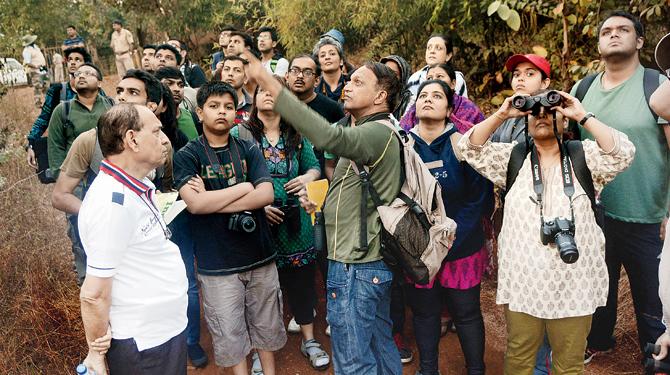
Bird watching at SGNP
Join Dr Parvish Pandya, an associate professor in Zoology and a consultant with Sanctuary magazine for a special workshop which will combine practical birdwatching with a special lecture on identifying species.
On: February 28, 6 am
At: Sanjay Gandhi National Park, Borivli
Entry: Rs 650
Age: 10 years onwards
Log on to: Sgnp.maharashtra.gov.in
Dancing Frog (micrixalus uttaraghati) by Saurabh Sawant
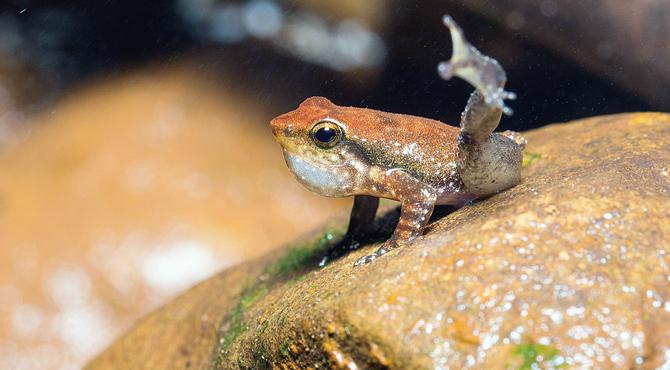
Pic Courtesy/Saurabh Sawant, Saurabhsawant.in
What's the story: A dancing frog which is only found in fast flowing streams in the Western Ghats of Amboli and Sindhudurg in Maharashtra, isn't an easy find. It is as tiny as your thumbnail and kicks its male competitors in the mating season to assert its dominance — part of territorial display. I had to lie down in one such stream, filled with leeches in the monsoon, after combing for this tiny beauty and then wait for an hour to get the shot. But it was worth the effort because it speaks of a unique behaviour of the family this species belongs to.
His gear: Canon 700D (APS-C sensor) and Canon 6D (full sensor) camera bodies, Canon 100 mm f/2.8 macro lens, and three other lenses between super wide Sigma and Tokina 10 mm to Tamron tele 600 mm, filters for landscapes, diffused canon / LED external lights, Benro tripod and Manfrotto heads, and 32 GB Extreme Sandisk memory cards.
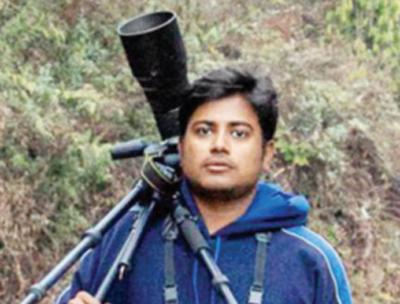
"A diffuser provides better control over exposure and lighting than a direct pop-up flash. Benro tripod and Manfrotto heads provide my equipment the stability it needs. The tripod goes completely flat on the ground with a removable central column and can capture really low angles," he says.
Wildlife photography essentials for beginners
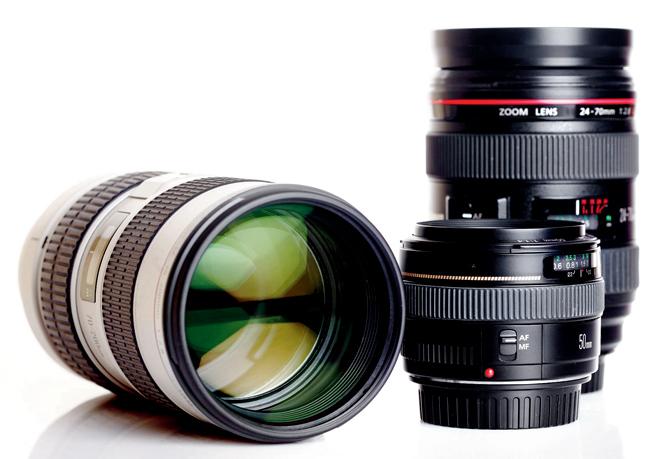
Lens
Focal length: A wide angle lens (18-55 mm or 24-105 mm) and zoom lens (250-300 mm). Combo kits of 18-55 mm and 55-250/300 mm are good for beginners.
Aperture range: Opening aperture of f/4 (telephoto) and f/3.5 (wide angle) for those on low budget, else f/2.8 are the best.
Must have: Image stabilisation or vibration reduction and fast focussing motors. Buy the latest upgraded versions, and check for weight and minimum focussing distance (less the better).
Must avoid: Inexpensive third party lenses, adapters, extension tubes or filters. If buying cheap lenses with long focal lengths but higher aperture openings like f/8, always get those under warranty.
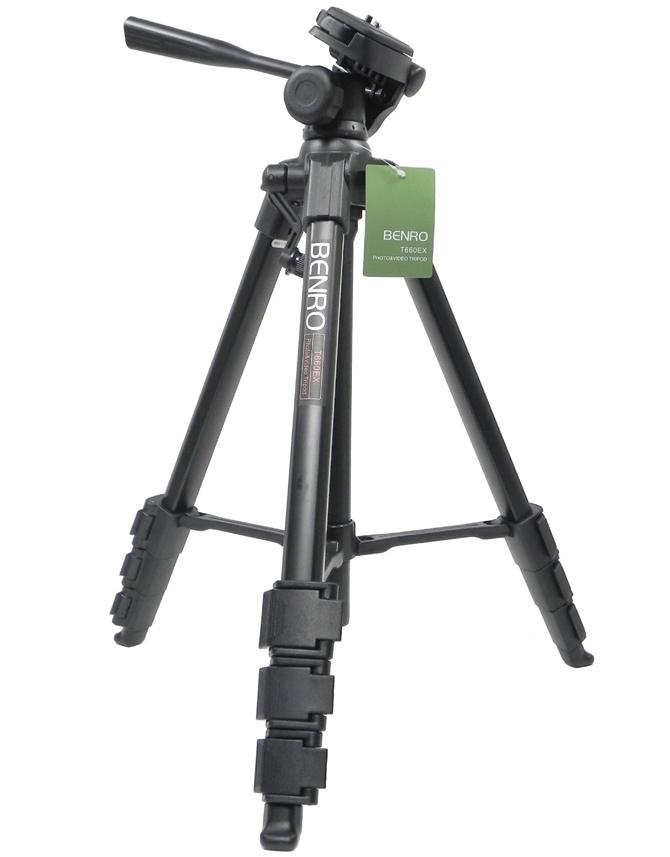
Tripod
Must-haves: Tripod that can carry and be stable with your longest lens mounted on it. The tripod head should be compatible with your lenses.
Special: Removable column tripods can go flat on ground, monopod with leg support.
Must avoid: Cheap, too light aluminum tripods from lesser known brands with plastic make.
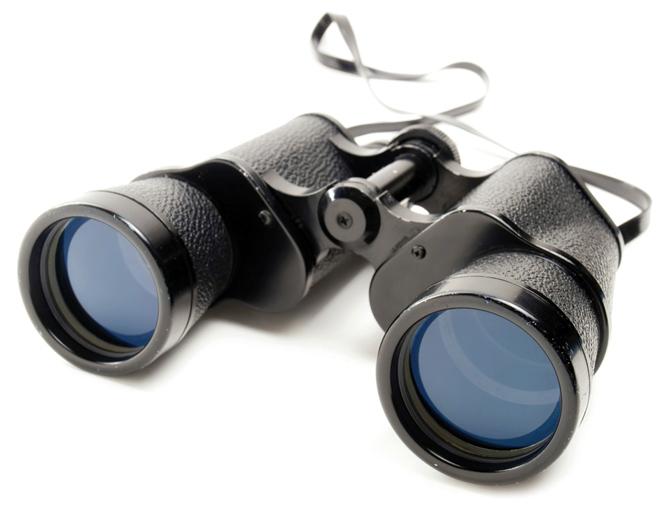
Extras
Must-haves: Camouflaging clothes, cap and trekking shoes, mosquito repellents, rain protection gear, and binoculars (7X or 8X magnification is recommended for birding, binoculars with larger objective lens weigh more but gather more light).
Must-avoid: Bright-coloured clothes, deodorant etc.
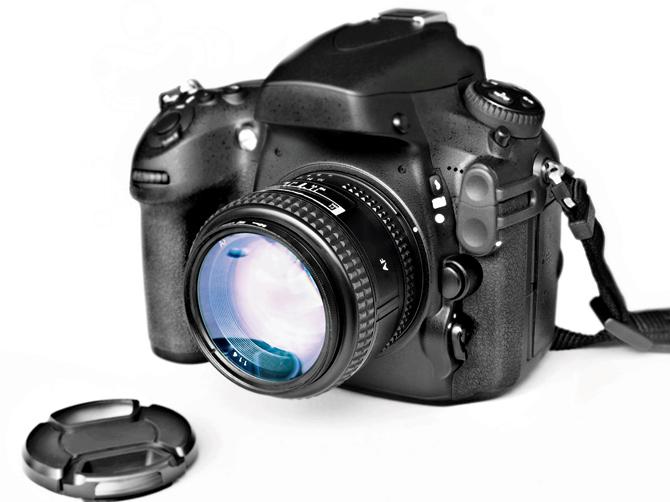
Camera
Must have: Well-built, environmentally sealed body (dust protection and water resistant bodies have longer life), external auto focus button instead of half-shutter release, at least 5-6 frames per second (higher the better), quick controls on one side of the body, two different dials for aperture and shutter speed, higher shutter speed, more lens compatibility, full HD recording, RAW image format and 11 AF points or more.
Must avoid: Megapixel myths unless you want to create very large prints. Pay attention to sensor size, higher FPS and ISO range.
Special features: GPS, Wi-Fi, two card slots, touchscreen, live-view shooting, tiltable display.
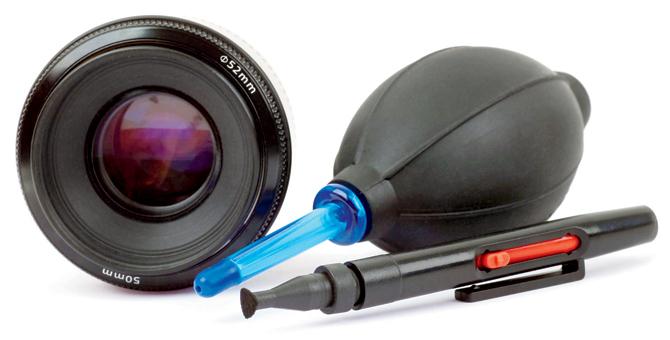
Accessories
Must-haves: Extra batteries or battery grip, lens caps, UV or clear filters, external flash, cleaning kit, padded camera bag, long cloth to cover during safaris or on the field, a carry bag that can fit two camera bodies, at least three-four lenses and comes with rain cover.
Special: GND (Graduated Neutral Density) filters, ND, polariser filter, triggers, diffusers, remote, cable shutter release, intervalometers and eye-cup.
Must avoid: Third party cheap batteries in your camera or flashes, extension tubes or adapters without review, cleaning kit liquids on your equipment (use cloth or brush only).
Apps for wildlife
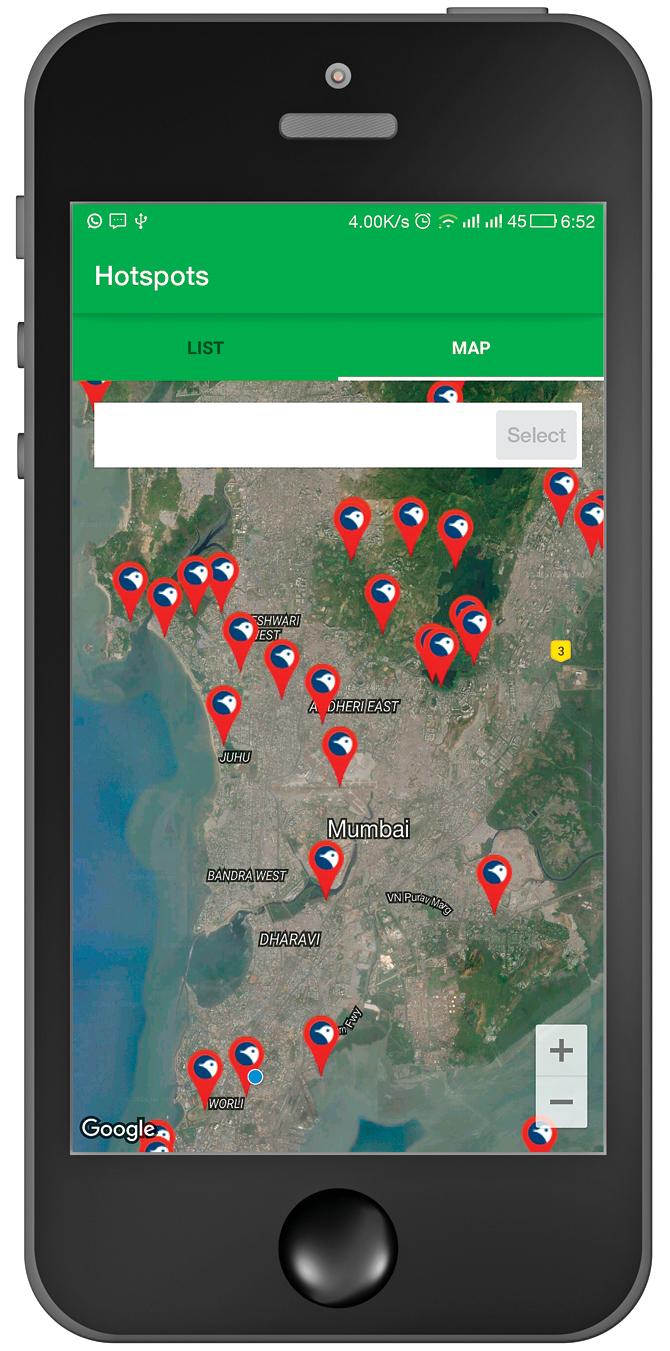
eBird by Cornell Lab
Record all your bird sightings with photographs as well as details like GPS locations, and share them with thousands of birders and researchers around the world. Though it doesn't have many takers in India, if you wish to play a larger role in bird conservation, you can start uploading your sightings and help create a database that can be used for understanding the distribution, richness, and uniqueness of the biodiversity of our planet. All records uploaded on eBird app are also updated on the eBird directory managed by Cornel Lab, New York, US.
Available for: Android OS
Log on to: Ebird.org
Indian Birds
Created by Thenatureweb.net, Indian Birds serves as a pocket encyclopedia of nearly 350 birds spotted in India. You can browse birds based on state, search using their local names as well as save your favourite locations. The only downside is that the app shows too many ads. But if you manage to restrict the data usage for the app, it works fine.
Available for: Android OS
Log on to: Thenatureweb.net
Wildlife Sanctuaries of India
Another app by The Natureweb.net, it offers basic details about sanctuaries of India. Though the information could have been provided in a better way, it's still worth download to get a basic idea of any Indian sanctuary. However, if you are visiting either Tamil Nadu, Kerala or Karnataka, try WildTrails app.
Available for: Android OS
 Subscribe today by clicking the link and stay updated with the latest news!" Click here!
Subscribe today by clicking the link and stay updated with the latest news!" Click here!






